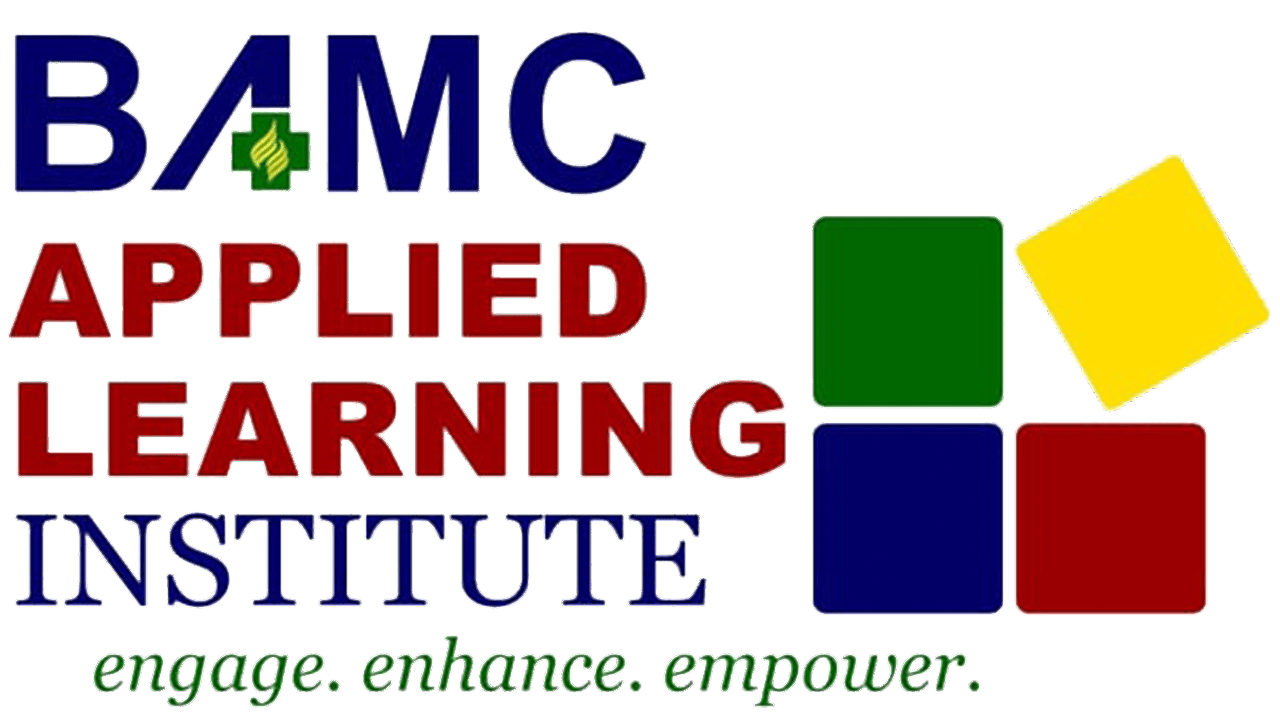Step 1 — Identifying hazards and those at risk
As mentioned above, the basis for the risk assessment is the tasks which are performed in the different working areas. Documents regarding dangerous substances, the duty roster, job profiles, working appliances and so forth provide a first impression about potential risks and hazards connected to the tasks. Besides these documents, the most important information can be provided by the workers. Ask your employees about their health and safety at work and visit their workplace to get a first hand impression of their working conditions. Ask them what can be improved for a better, safer and healthier work organization.
Well-known occupational risks and hazards in the healthcare sector include biological, musculoskeletal, psychosocial and chemical risks.
Specific risks that should be addressed are, for example:
- the handling of blood and blood products, including the handling of needles and other sharp objects; exposure to chemical agents/hazardous substances, including cleaning agents and disinfectants; •time pressure, high workload and interpersonal conflicts;
- bullying or violence at the workplace;
- shift, weekend and night work;
- manual patient handling, lifting, pushing and pulling of weights;
- the ergonomic design of workplaces.
Top 6 Workplace Hazards
